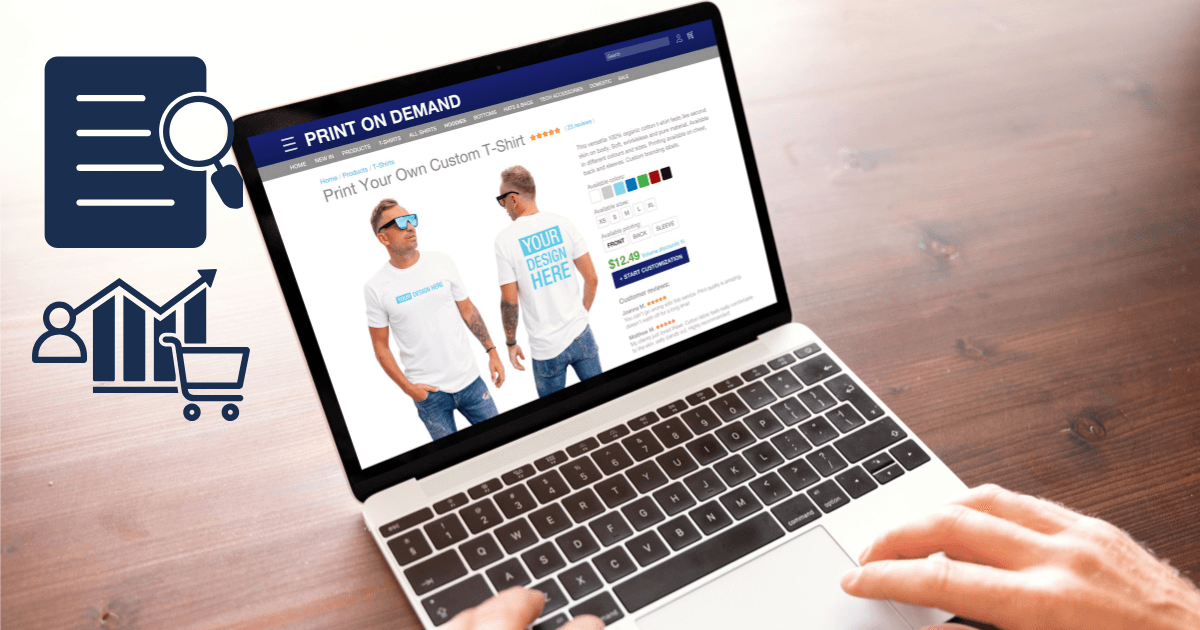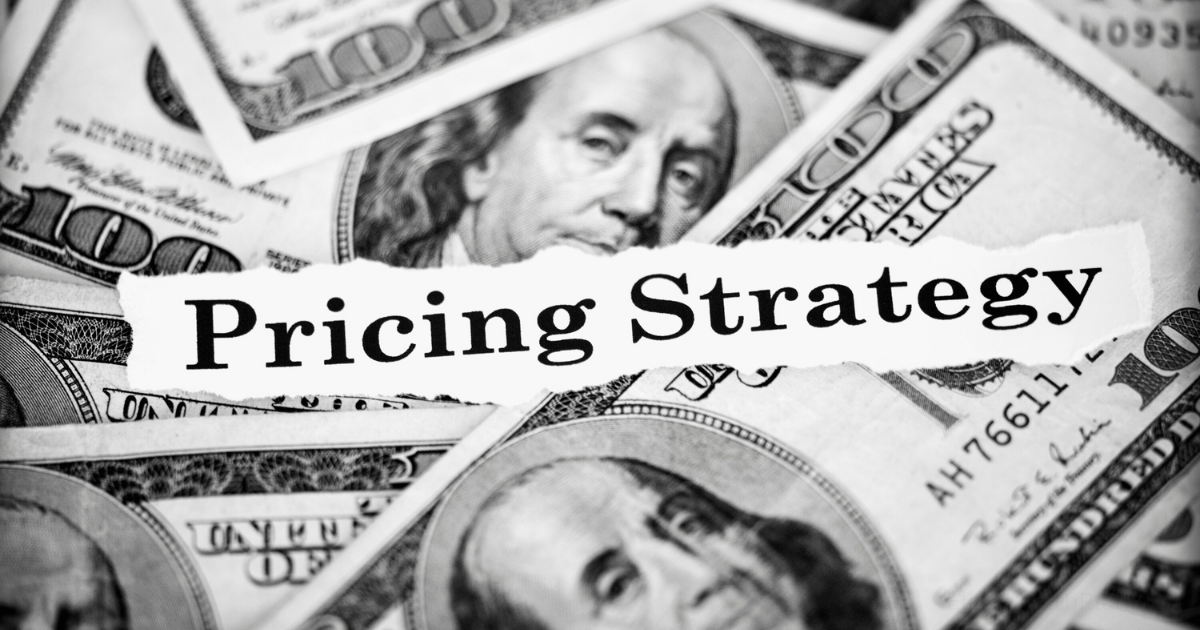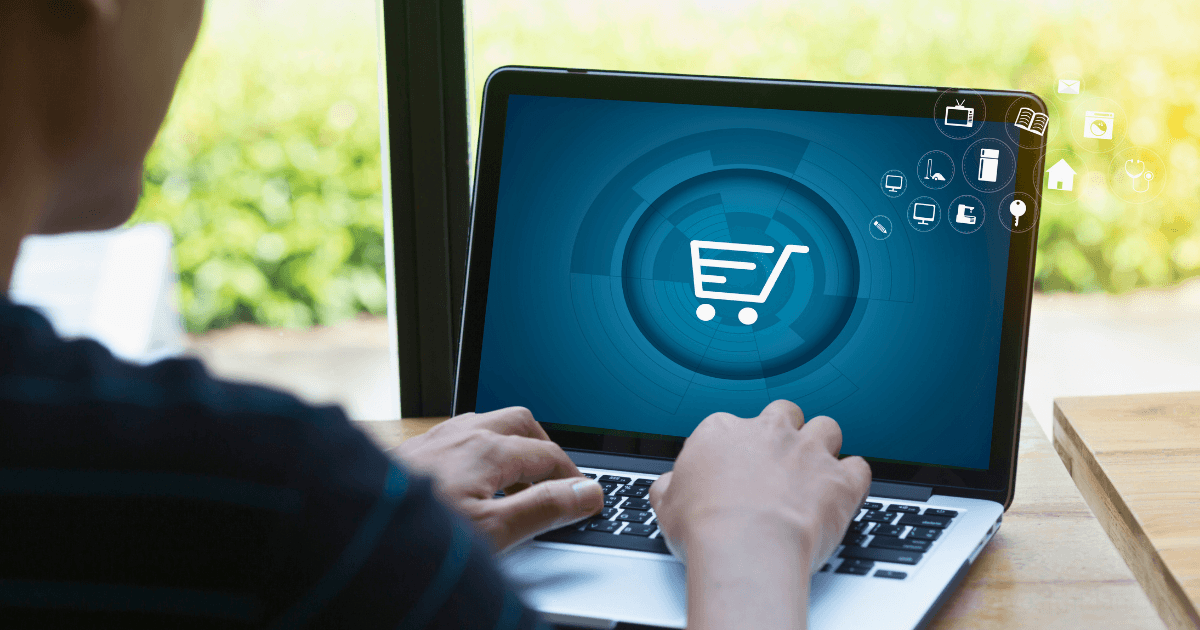Print-on-Demand Case Study: How I Built a $5,000/Month T-Shirt Business With Zero Inventory

In early 2023, I found myself at a crossroads. Despite my psychology degree and stable job, I felt unfulfilled and constrained by the traditional career path. The entrepreneurial itch had been growing stronger, but like many aspiring business owners, I faced two significant barriers: limited startup capital and fear of inventory risk.
That’s when I discovered the print-on-demand (POD) business model—a system that would allow me to create and sell custom t-shirts without holding any inventory. Eighteen months later, my POD t-shirt business generates over $5,000 in monthly profit with virtually no overhead costs beyond my time and marketing expenses.
In this comprehensive case study, I’ll walk you through my entire journey—from initial concept to $5,000 monthly income—and provide you with the exact framework I used to build a sustainable, scalable business with zero inventory risk.
The Print-on-Demand Opportunity in 2025
Before diving into my specific strategy, let’s address the viability of print-on-demand in today’s market. According to recent data from StartStory, the global POD market has reached $45.7 billion, with successful businesses achieving gross margins of up to 90%.
However, it’s also important to acknowledge the challenges. As noted in discussions on Reddit, less than 1% of print-on-demand store owners make enough to support themselves full-time. The average first sale can take approximately six months, and competition continues to increase.
Despite these challenges, I was convinced that with the right strategy, I could position myself among the successful minority. Here’s exactly how I did it.
Phase 1: Research and Niche Selection (Months 1-2)
The first critical decision was choosing a profitable niche. Rather than creating generic designs for a broad audience, I spent two months conducting intensive market research to identify an underserved segment with specific needs and strong purchasing intent.
The Niche Selection Framework I Used:
- Passion + Profit Analysis: I created a matrix listing my personal interests alongside market demand indicators.
- Competition Assessment: For each potential niche, I evaluated existing offerings on platforms like Etsy, Amazon, and Instagram.
- Trend Analysis: Using Google Trends, I identified niches with consistent or growing search volume.
After analyzing 15 potential niches, I settled on “psychology-inspired apparel for mental health professionals.” This niche leveraged my psychology background while targeting a professional audience with disposable income and a strong group identity.
Why This Niche Worked:
- Specific target audience: Licensed therapists, counselors, and psychology students
- Professional connection: My background gave me credibility and insight
- Limited competition: Most existing designs were generic or unprofessional
- Strong community: Mental health professionals are active in online communities
- Gift potential: These products could be purchased as gifts for colleagues
Phase 2: Platform and Provider Selection (Month 3)
With my niche defined, I needed to select the right platforms and providers for my business. This decision would impact everything from product quality to profit margins.
Platform Decision:
After researching multiple options, I chose to build my own Shopify store rather than selling on marketplaces like Etsy or Amazon. This decision was based on:
- Brand control: Ability to create a cohesive brand experience
- Customer ownership: Direct access to customer data for remarketing
- Margin protection: Avoiding marketplace fees (15-20% on most platforms)
Print Provider Selection:
I ordered samples from five leading print-on-demand providers: Printful, Printify, SPOD, Gelato, and Gooten. Each provider was evaluated based on:
- Print quality
- Color accuracy
- Fabric feel
- Shipping times
- Integration capabilities
- Pricing structure
After testing, I selected Printful as my primary provider due to their superior print quality and reliable shipping, despite slightly higher costs. For certain specialty products, I used Printify’s network of print providers to access unique items not available through Printful.
Phase 3: Design Development and Product Creation (Months 3-4)
With my platform and providers selected, I focused on creating designs that would resonate with my target audience. Rather than producing hundreds of mediocre designs, I focused on creating 25 high-quality, niche-specific designs.
My Design Strategy:
- Professional-grade design: I invested in Adobe Illustrator skills and hired a professional designer for complex concepts
- Inside jokes and terminology: Created designs featuring psychology terms and concepts familiar to professionals
- Ethical considerations: Avoided designs that might trivialize mental health conditions
- Multiple variations: Each concept was adapted into 3-4 color schemes and styles
Product Selection:
Rather than offering every possible product, I focused on high-margin items with proven demand:
- Premium unisex t-shirts (Bella+Canvas 3001)
- Women’s fitted tees
- Crewneck sweatshirts
- Coffee mugs
- Tote bags
Each product was selected based on margin potential, popularity within my target demographic, and print quality consistency.
Phase 4: Store Setup and Optimization (Month 5)
With designs and products ready, I built a professional Shopify store optimized for conversions. Key elements included:
Technical Setup:
- Domain name: Purchased a professional, niche-relevant domain
- SSL certificate: Ensured secure browsing
- Mobile optimization: Tested across multiple devices
- Page speed optimization: Compressed images and minimized plugins
Store Design Elements:
- Professional theme: Invested in a premium Shopify theme ($180)
- Brand identity: Created a cohesive color scheme and typography
- Product photography: Used high-quality mockups with lifestyle images
- Trust indicators: Added professional credentials and about page
Conversion Optimization:
- Simplified navigation: Created intuitive category structure
- Product descriptions: Wrote detailed, benefit-focused descriptions
- Social proof: Added review functionality
- Checkout optimization: Reduced form fields and added trust badges
Phase 5: Launch and Initial Marketing (Month 6)
With everything in place, I launched the store and implemented my initial marketing strategy. Rather than relying on paid advertising immediately, I focused on organic growth and community building.
Launch Strategy:
- Pre-launch list: Built an email list of 250 potential customers through a coming-soon page
- Launch discount: Offered 20% off for the first 50 customers
- Personal outreach: Contacted former colleagues and classmates in the psychology field
- Professional groups: Shared in relevant Facebook groups and LinkedIn communities
Initial Results:
- First month sales: $1,250 (47 orders)
- Average order value: $26.60
- Profit margin: 32% ($400 profit)
While these numbers were modest, they validated the concept and provided valuable customer feedback.
Phase 6: Scaling Through Strategic Marketing (Months 7-12)
With proof of concept established, I implemented a multi-channel marketing strategy to scale the business. Each channel was selected based on where my target audience spent their time online.
Instagram Strategy:
I created a niche Instagram account posting psychology humor, insights, and product features. Growth tactics included:
- Daily posting schedule
- Engagement with relevant hashtags
- Collaborations with psychology influencers
- User-generated content featuring customers wearing products
Results: 15,000 followers within six months, driving approximately 30% of total sales.
Facebook Advertising:
I developed a targeted Facebook ad strategy with a modest initial budget of $10/day, focusing on:
- Lookalike audiences based on existing customers
- Interest targeting (psychology, therapy, counseling)
- Retargeting campaigns for store visitors
- Dynamic product ads
Results: 3.2x ROAS (return on ad spend) after optimization, eventually scaling to $50/day.
Email Marketing:
I built an email marketing system using Klaviyo, implementing:
- Welcome sequence for new subscribers
- Abandoned cart recovery (recovering 15% of abandoned carts)
- Post-purchase follow-up requesting reviews
- Weekly newsletter with psychology content and product features
Results: Email marketing contributed 25% of total revenue by month 12.
Phase 7: Optimization and Scaling (Months 13-18)
In the final phase, I focused on optimizing every aspect of the business to reach and maintain the $5,000/month profit target.
Product Line Expansion:
Based on customer feedback and sales data, I expanded into:
- Premium hoodies (higher price point, better margins)
- Professional accessories (ID badge holders, notebook covers)
- Seasonal collections (graduation gifts, conference apparel)
Operations Optimization:
- Automated customer service with templated responses
- Created standard operating procedures for all business processes
- Implemented analytics tracking for data-driven decisions
Results Breakdown (Month 18):
- Monthly revenue: $15,000
- Cost of goods: $6,000
- Marketing expenses: $2,500
- Software/tools: $150
- Miscellaneous expenses: $350
- Net profit: $6,000
Key Success Factors and Lessons Learned
Looking back on my journey from concept to $5,000+ monthly profit, several factors were critical to success:
1. Niche Specificity
Unlike many POD sellers who target broad audiences with generic designs, my focus on a specific professional niche allowed for:
- Higher conversion rates (4.2% vs. industry average of 1-2%)
- Lower customer acquisition costs
- Stronger word-of-mouth marketing
- Repeat purchase behavior (43% of customers made multiple purchases)
2. Quality Over Quantity
Rather than racing to list hundreds of designs, I focused on creating fewer, higher-quality products that:
- Commanded premium pricing
- Generated positive reviews (4.8/5 average rating)
- Resulted in higher customer satisfaction
- Created organic social sharing
3. Brand Building vs. Product Selling
Instead of positioning as a t-shirt seller, I built a brand that psychology professionals identified with. This approach:
- Reduced price sensitivity
- Increased customer loyalty
- Created opportunities for expansion
- Differentiated from commodity sellers
4. Data-Driven Decision Making
Every aspect of the business was guided by data:
- A/B testing product descriptions increased conversion by 23%
- Email subject line testing improved open rates by 31%
- Ad creative optimization reduced acquisition costs by 42%
- Inventory planning based on seasonal demand patterns
Common Challenges and How I Overcame Them
Challenge #1: Print Quality Inconsistency
Early on, I received several complaints about print quality variations. To address this:
- Switched to premium blank products (Bella+Canvas instead of Gildan)
- Established relationships with specific print facilities
- Created detailed quality standards for providers
- Implemented a no-questions-asked replacement policy
Challenge #2: Shipping Delays
During peak periods, shipping delays threatened customer satisfaction. My solutions:
- Added prominent shipping time expectations on product pages
- Implemented automated shipping delay notifications
- Offered discount codes for affected customers
- Diversified print providers by geographic region
Challenge #3: Design Theft
Several of my best-selling designs were copied by competitors. To combat this:
- Registered copyrights for top designs
- Implemented watermarking on product images
- Diversified with new designs regularly
- Built brand loyalty beyond individual designs
How to Apply This Framework to Your Own POD Business
If you’re inspired to start your own print-on-demand business, here’s my recommended framework:
Step 1: Find Your Niche
- Identify 5-10 potential niches that interest you
- Research competition and market size for each
- Select a niche with passionate followers and specific needs
- Validate through small-scale testing before full commitment
Step 2: Build Your Foundation
- Select quality-focused print providers
- Invest in professional design (skills or outsourcing)
- Create a branded shopping experience
- Establish systems for customer service and operations
Step 3: Implement Strategic Marketing
- Focus on platforms where your niche audience congregates
- Build content marketing that provides value beyond products
- Use paid advertising strategically, not as your primary channel
- Develop email marketing for customer retention
Step 4: Optimize and Scale
- Use data to guide product development
- Test and optimize every aspect of your business
- Reinvest profits into growth opportunities
- Consider expanding to complementary products and niches
The Future of Print-on-Demand
As I look to the future, several trends will impact the print-on-demand landscape:
- Sustainability focus: Eco-friendly materials and production methods will become competitive advantages
- Personalization technology: Advanced customization options will create new opportunities
- AI-generated designs: Machine learning will transform design creation and testing
- Augmented reality shopping: Virtual try-on experiences will reduce purchase hesitation
I’m actively adapting my business to these trends while maintaining the core principles that drove initial success.
Conclusion: The Real Opportunity in Print-on-Demand
The print-on-demand model offered me something invaluable: the ability to build a profitable business with minimal financial risk. While the journey required significant time investment and strategic thinking, the zero-inventory approach eliminated the major risks that prevent many entrepreneurs from taking the first step.
Today, my $5,000+/month business continues to grow while requiring less than 20 hours per week of active management. The systems and processes I’ve built create a sustainable income stream that aligns with my values and leverages my unique background.
The print-on-demand opportunity remains viable in 2025, but success requires a strategic approach focused on niche markets, quality products, and brand building. For those willing to put in the work, the reward is a business model that combines creative fulfillment with financial freedom—all without the burden of inventory management.
Have you experimented with print-on-demand or other zero-inventory business models? What challenges or successes have you experienced? Share your thoughts in the comments below.







